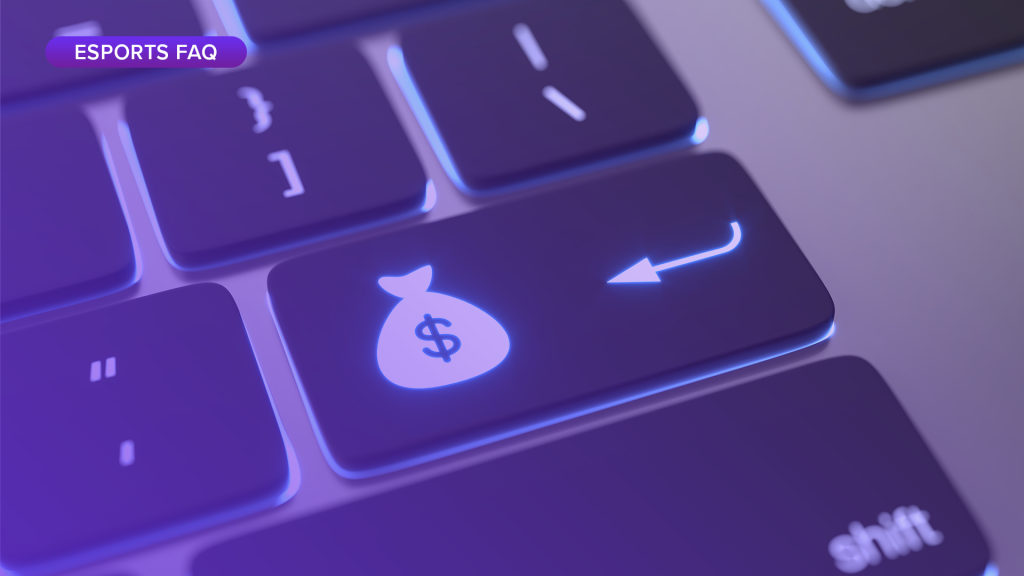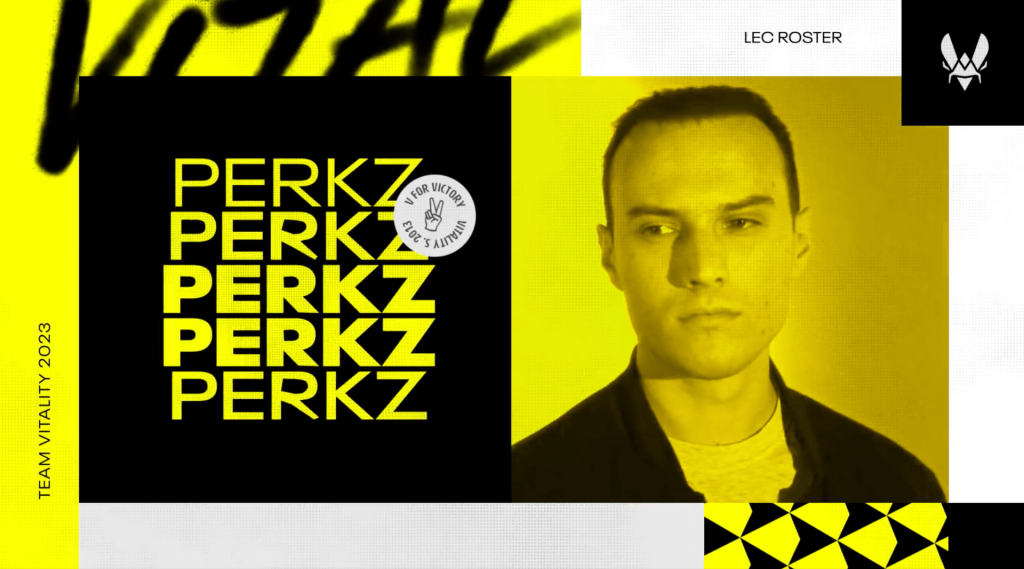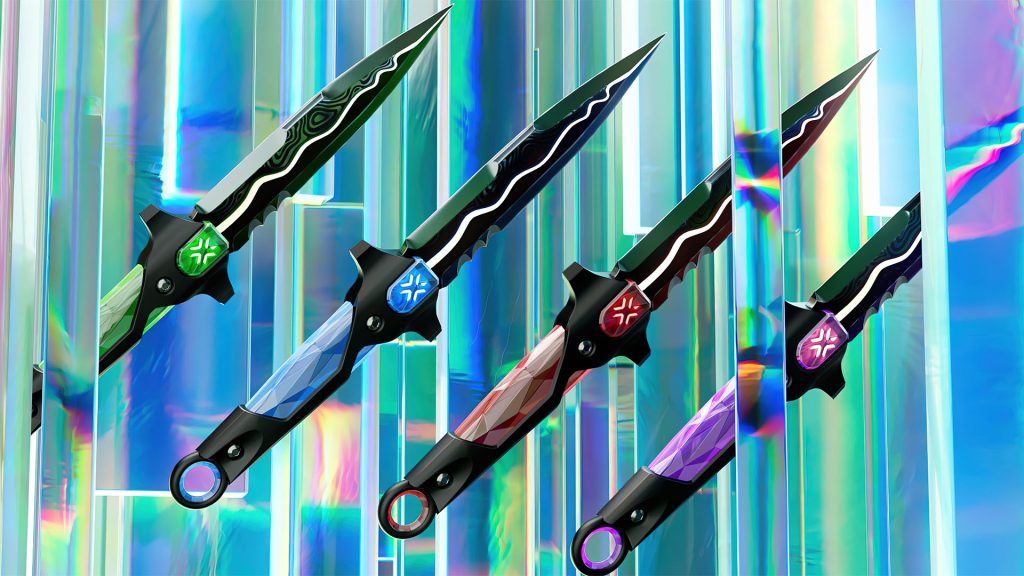
Esports players, by and large, are paid well. Some earn millions every year. Many more make hundreds of thousands.
But where does their money come from? How much do they make?
The esports industry spans dozens of games, with each one catering to a unique audience. The way players earn money is different depending on the title they compete in.
In this piece, we aim to provide a clear breakdown of player pay in esports — the revenue streams available to players, how much they make, and much more.
Salary
The most common — and usually most lucrative — source of income for players is the salary they are paid by the team they play for.
This amount varies depending on the size of the team, ability of the player, which game the player competes in, which competitions the team plays in, and various other factors.
At the top level, esports players can be paid millions per year by their organisation.
Hal Biagas, former Executive Director of the LCS Players Association, said on a podcast in 2020 that the average salary of players in the LCS — North America’s premier League of Legends competition — was $410,000 (~£329,000), which likely refers to the mean average. Digiday later reported that salaries rose to their highest levels ever in 2021, then remained flat through 2022. Therefore it can be assumed that the average player salary at the top level of League of Legends is more than $410,000.
League of Legends star Perkz signed a three-year, $6m (~£4.82m) contract with Cloud9 in 2020; other players have commanded similar salaries. While these are outliers, they indicate how much players have been able to earn in the last few years. In China, where gaming is baked into the culture, salaries are even greater. In the LPL, according to Blix.gg, one player was recently earning RMB 45m (~£5.3m) per year. Others had signed 30m RMB-per-year contracts (~£3.53m).
In Counter-Strike, Robin ‘ropz’ Kool, who plays for FaZe Clan, earned roughly €800,000 (~£705,455) in 2022. Much of this included prize money and skin sales, but the majority almost certainly came from his salary paid by FaZe.
In VALORANT, many players, including many that do not play for VCT-partnered teams, earn between $20,000-$40,000 (~£16,000-£32,000) per month, according to Digiday. A select few earn more.

On the flipside, some players are unsigned. They are unsalaried, instead relying on other opportunities like content or prize money. Fighting-game-community (FGC) titles, like Super Smash Bros. and Street Fighter, often feature lots of players that are unsigned. While tournament organisers usually pay for player travel to entice lower-level players to compete, these players often fund their own travel and expenses. In some cases, players earn money through coaching apps like Metafy.
As of 2019, the average monthly pay for pro Smash players was around $1,000-$5,000 (~£802-£4,000), according to Policy Genius. Given the repeated disruption of the Smash pro scene, this is unlikely to have changed much.
There is a debate about whether esports players are paid too much on average. Nevertheless, in recent years esports has become a viable, indeed lucrative career path for the top echelon of gamers.
Prize winnings
Prize winnings refers to the cash that teams receive for placing well in esports competitions.
Most esports events, particularly at the top level, have a large prize pool set aside for teams. For example, CS:GO competition BLAST Premier Spring Finals, has a prize pool of $425,000 (~£341,000); the winner will receive $200,000 (~£160,500), second place gets $85,000 (~£68,200), and third place gets $40,000 (~£32,100).
Esports prize pools vary greatly depending on the title. Most of the players that have earned the most in prize money are Dota 2 players, such as Johan ‘N0tail’ Sundstein, who has earned $7.1m (~£5.7m) in prize money according to Esports Earnings. This is because Dota 2’s biggest event of the year, The International, crowdfunds its prize pool, usually to the tune of tens of millions of dollars. As a result, successful Dota 2 players often get rich: 2021’s prize pool was a staggering $40m (~£32m).
If a group of players is signed to an organisation, prize money is usually sent to the team first. Players tend to have a clause in their contract which stipulates what percentage of prize money will go to them.
To use a hypothetical example, if OpTic Gaming players receive 80% of prize winnings and the organisation gets 20%, that 80% will be split evenly among players.
It is common for players to have a favourable percentage when it comes to splitting the prize money. A common split across titles is 80% to players, 20% to the organisation, but this depends on the contracts between players and teams. Some organisations give all prize winnings to their players.
Skin sales

Most multiplayer games have an in-game marketplace where wearable cosmetic items are sold, known as skins. These tend to be character or weapon designs.
Some games, like Rocket League, CS:GO and Rainbow Six Siege, now sell esports-specific skins. The publishers of these games usually share the revenue from skin sales with esports teams.
For example, Ubisoft, the publisher of Siege, sells skins in the branding of various teams such as DarkZero Esports, G2 Esports and FaZe Clan. The publisher then shares between 20% and 50% of the revenue generated from such sales with participating teams. In Rocket League, Psyonix shares 30% of such revenue with teams.
Most teams share this money with players. In fact, just like prize money, players usually get the lion’s share of skin sale revenue.
For last year’s ‘Champions’ competition in VALORANT, the game’s publisher, Riot Games, released themed skins. Sales of Champions skins generated $32m (~£25.7m) in revenue, of which the 30 participating teams got $16m(~£12.8m).
In North America and Europe, players usually take most of their respective team’s share. It may be different in Asia; one VALORANT player, who currently plays for a tier-one, VCT-partnered team in North America, told Esports Insider that some organisations in Asia keep most of their skin sale revenue.
Individual brand partnerships
Even if a player is signed to a team, they sometimes have the opportunity to sign individual sponsorship deals.
Perhaps the best example of this is the deal struck between Finalmouse and Tyson ‘TenZ’ Ngo. A TenZ-themed gaming mouse was released which sold out in hours. The collaboration generated $7.6m (~£6.1m), of which TenZ received an undisclosed amount.
TenZ plays for Sentinels, but was able to strike this deal separately. Sometimes the ability for a player to do this hinges on the willingness of their organisation. Depending on the contract between team and player, some organisations have the right to veto such a deal, particularly if a player would be promoting a brand that is a competitor to a partner of the organisation.

Content creation and brand deals
Some players earn money from the content they make online. There are currently two main platforms on which esports professionals monetise their content: YouTube and Twitch.
On YouTube, pro players can run ads on their videos, which generates revenue. It is also common for brands to sponsor videos, for which they pay the creator a fee.
Twitch is the most popular live-streaming app for gamers. Like YouTube, creators on the platform can run ads on their content. If a fan wants to subscribe to their favourite Twitch streamer, they have to pay, and the creator gets a cut. Streamers also receive cash donations from viewers. Players can also live-stream on YouTube, but it is more common for them to stream on Twitch.
Many of the biggest esports players in the world, like CS:GO player Oleksandr ‘s1mple’ Kostyljev, stream in their spare time. Dozens have transitioned from professional play to full-time content creation — examples include former CS:GO player Michael ‘Shroud’ Grzesiek, Call of Duty legend Seth ‘Scump’ Abner, and former Overwatch pro Félix ‘xQc’ Lengyel.
Merchandise sales
Additionally, some esports players sell their own merchandise. Popular League of Legends player Carl Martin Erik Larsson, AKA Rekkles, has his own website where he sells things like hoodies and t-shirts.
This revenue stream is usually reserved for players with significantly large fanbases; Rekkles has been playing at the top level for many years, and also makes content.
